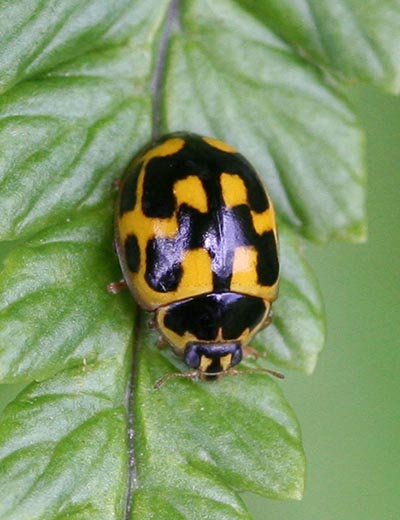Plants are making their usual growth, but insects are finding it hard to get going, since they must shelter from the rain and emerge only when it's safe to do so.
My first shot today is a hoverfly which is highly distinctive and new to me:
 |
| The hoverfly Chrysotoxum bicinctum |
The next specimen is probably new to me as well, but without capturing the specimen I can't be sure.
 |
| Platycheirus ?fulviventris |
It's certainly Platycheirus sp. but I couldn't get a good enough view of the front feet to confirm, although I did get a good view of the dark yellow/orange abdominal patches in flight. Looks to be Platycheirus fulviventris, but could be a couple of others.
The effects of rain are clear in this next shot of what appears to be the solitary bee Andrena cineraria (male):
 |
| Andrena cineraria (male) |
Male Andrena sp. are very difficult to identify, but this one seems fairly safe, due to the ash-grey hair on the thorax. These have come to the end of their season, now.
There seems to have been a sudden hatch of Helophilus pendulus: I saw dozens today:
 |
| The hoverfly Helophilus pendulus (male) |
This 14-spot ladybird caught my eye:
 |
| 14-spot Ladybird |
Finally, most people will be unaware that Cleavers - variously known by other common names, usually involving the word 'sticky' - has flowers:
 |
| Flower of Cleavers |
2 comments:
More fantastic close-ups - from a technical point of view especially the cleavers. I think I've seen that yellow-banded hoverfly, or one very like it (not sure mine had the brown wing patches though).Still waiting to see my first Helophilus of the year - they are one of my favourite hovers.
We have masses of Cleavers here and I am waiting for the flowers to open, it should look very pretty when they do.
Super shots of the Hovers.
Post a Comment